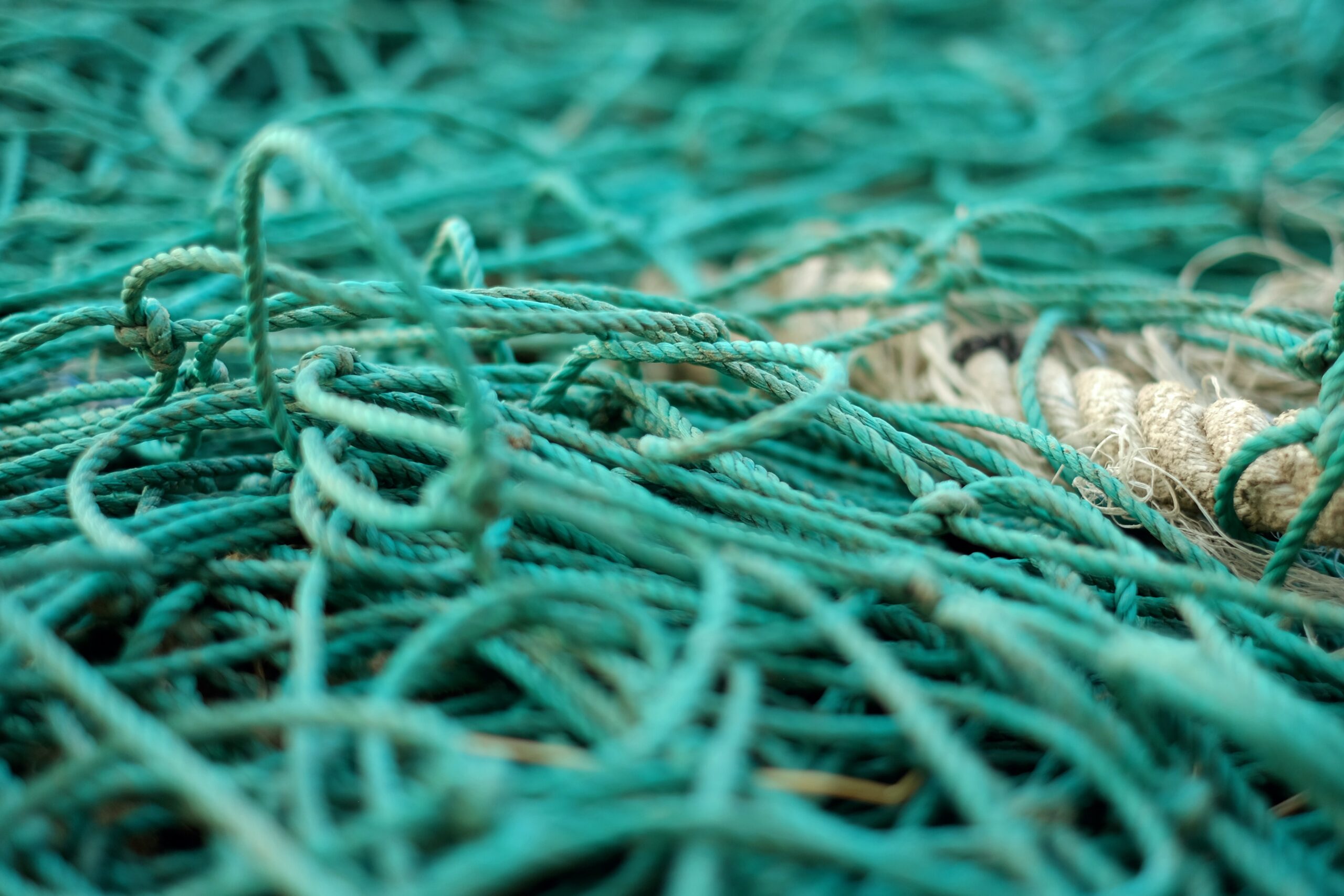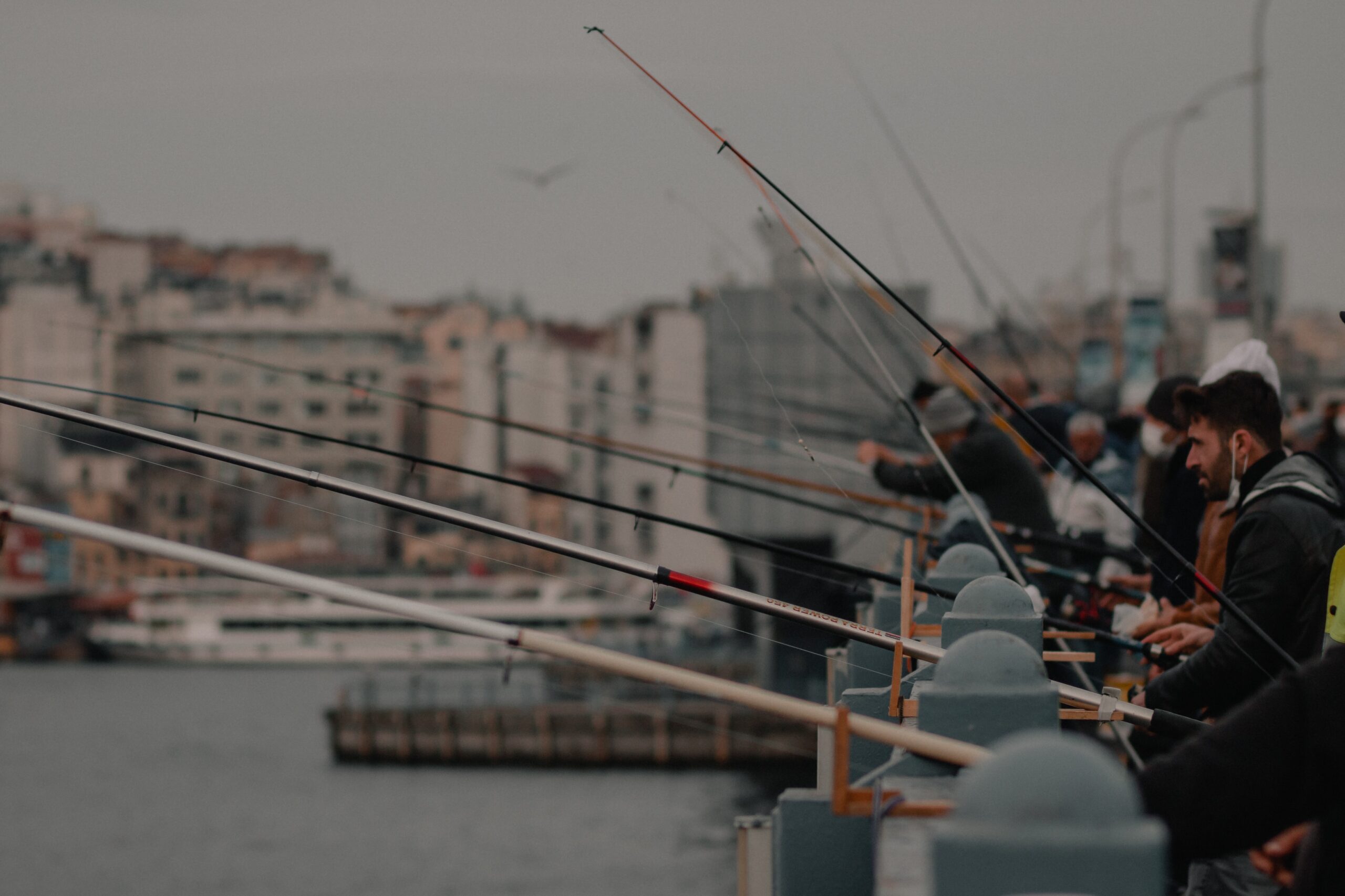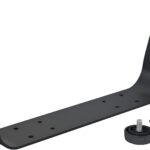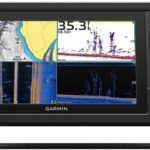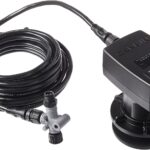Are you looking to up your fishing game but feeling overwhelmed by the wide array of fishing line options available? Look no further! In this article, we will break down the differences between monofilament, braid, and fluorocarbon fishing lines, and provide you with valuable insights on when to use each type. With a better understanding of these fishing line types, you’ll be equipped to make the best choice for your next fishing adventure. So, let’s dive right in and explore the world of fishing lines together!
Monofilament Fishing Line
Composition and Characteristics
Monofilament fishing line is made from a single strand of nylon or other synthetic material. It is known for its versatility and affordability. Monofilament lines come in various thicknesses and test strengths, allowing anglers to choose the right line for their specific needs. They are also available in different colors, including clear, which makes them less visible to fish in the water.
Pros
-
Versatility: Monofilament lines can be used for a wide range of fishing techniques, including casting, trolling, and spinning. They are suitable for both freshwater and saltwater fishing.
-
Affordability: Monofilament lines are generally more affordable compared to other types of fishing lines. This makes them a popular choice for beginners or anglers on a budget.
-
Knot Strength: Monofilament lines have excellent knot strength, allowing anglers to tie strong and reliable knots.
-
Shock Absorption: Monofilament lines have a higher level of shock absorption, which means they can handle sudden jerks and strikes from fish without breaking easily.
Cons
-
Visibility: Monofilament lines are more visible in the water compared to other types of fishing lines, such as fluorocarbon. This can sometimes spook fish and make them less likely to bite.
-
Stretch: Monofilament lines have more stretch compared to braided or fluorocarbon lines. While this can be advantageous in certain situations, it can also reduce sensitivity and make it harder to feel subtle bites or movements.
Recommended Situations
Monofilament fishing lines are ideal for a variety of fishing situations, including:
-
Beginners: Monofilament lines are a great choice for beginners due to their versatility, affordability, and ease of use. They are forgiving and can withstand some beginner mistakes.
-
Topwater Fishing: When fishing with topwater lures or baits, monofilament lines are often preferred due to their buoyancy and shock absorption. They can help provide a natural action to the bait and increase the chances of a successful strike.
Tips for Using Monofilament Line
-
Check Line Regularly: Monofilament lines can degrade over time due to exposure to sunlight, water, and friction. It is important to regularly inspect the line for any signs of wear or damage and replace it if necessary.
-
Proper Knots: Use appropriate knots when tying monofilament lines to hooks, lures, or swivels. The improved knot strength of monofilament lines ensures that the knots will hold up under pressure.
-
Stretch Control: To minimize the stretch of monofilament lines, it is recommended to avoid long casts and heavy loads. Use shorter casts and maintain tension on the line while reeling in a fish to reduce stretch and increase sensitivity.
Braid Fishing Line
Composition and Characteristics
Braid fishing line is made from multiple ultra-thin synthetic fibers, such as Spectra or Dyneema. These fibers are woven together to create a strong and durable fishing line. Braid lines have a small diameter compared to their breaking strength, making them ideal for situations where a high strength-to-diameter ratio is required.
Pros
-
Strength: Braid lines have a much higher breaking strength compared to monofilament or fluorocarbon lines of the same diameter. This makes them an excellent choice for targeting large and powerful fish.
-
Low Visibility: Braid lines have a high level of stealth due to their thin diameter and lack of stretch. This makes them less visible in the water, increasing the chances of attracting bites from cautious or wary fish.
-
Sensitivity: Braid lines offer superior sensitivity, allowing anglers to feel even the slightest bites or movements. This can be especially advantageous when fishing in deep water or in situations with dense cover.
Cons
-
Abrasion Resistance: Braid lines have lower abrasion resistance compared to fluorocarbon lines. They can be prone to fraying or getting damaged when in contact with sharp rocks, reef, or other abrasive surfaces.
-
Knot Slippage: Braid lines have a smooth texture, which can make them more prone to knot slippage. It is important to use appropriate knots and ensure they are properly tightened to prevent the line from slipping and potentially losing a fish.
Recommended Situations
Braid fishing lines are well-suited for specific fishing situations, including:
-
Heavy Cover Fishing: When fishing in areas with heavy vegetation, structure, or cover, braid lines excel due to their high strength, low visibility, and minimal stretch. They can help anglers confidently and effectively control fish during a fight in these challenging environments.
-
Deep Water Fishing: Braid lines are an excellent choice for deep water fishing due to their sensitivity and thin diameter. They allow anglers to easily detect bites in deep water and provide a direct connection to the bait or lure.
Tips for Using Braid Line
-
Leader Material: When using braid lines, it is often recommended to attach a fluorocarbon or monofilament leader to the end of the line. This helps provide additional abrasion resistance and stealth in situations where the mainline may be more visible or prone to damage.
-
Proper Drag Setting: Braid lines do not have much stretch, so it is important to adjust the drag setting on the reel accordingly. Setting the drag too tight can put excessive pressure on the line and increase the risk of breakage.
-
No Overfilling: Braid lines have a small diameter, which allows for increased line capacity on the reel. However, it is important not to overfill the reel, as this can cause line dig-in and impact casting distance and accuracy.
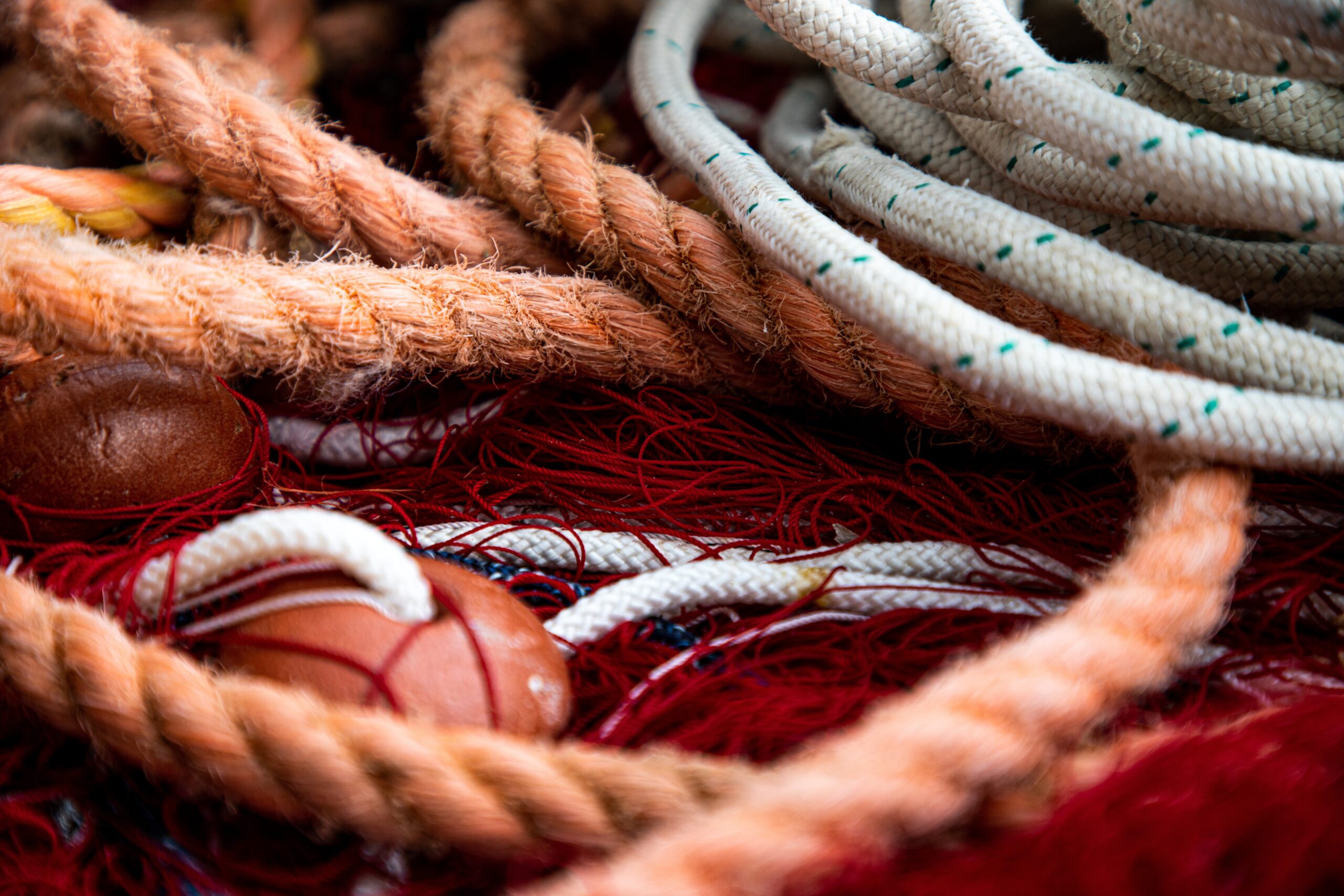
Fluorocarbon Fishing Line
Composition and Characteristics
Fluorocarbon fishing line is made from a dense and nearly invisible polymer material called polyvinylidene fluoride (PVDF). It is known for its near-invisibility in water, making it an excellent choice for situations where fish may be wary or selective.
Pros
-
Invisibility: Fluorocarbon lines are virtually invisible underwater, making them ideal for situations where fish are easily spooked or in clear water conditions. The low visibility can significantly increase the chances of a bite.
-
Sensitivity: Fluorocarbon lines offer excellent sensitivity, allowing anglers to feel subtle bites and movements. This can be especially useful when fishing for finicky or cautious fish species.
-
Abrasion Resistance: Fluorocarbon lines have high abrasion resistance, making them suitable for fishing in areas with rocky bottoms or other abrasive surfaces. They are less prone to fraying or getting damaged compared to braid lines.
Cons
-
Price: Fluorocarbon lines are generally more expensive compared to monofilament or braid lines. This can be a limiting factor for anglers on a tight budget.
-
Stretch: Fluorocarbon lines have some stretch, although not as much as monofilament lines. This can reduce sensitivity and make it harder to detect subtle bites or movements.
Recommended Situations
Fluorocarbon fishing lines are particularly well-suited for specific fishing situations, including:
-
Clearwater Fishing: When fishing in clear or ultra-clear water conditions, fluorocarbon lines are the top choice due to their near-invisibility. They can help fool easily spooked fish into biting.
-
Finesse Fishing: Fluorocarbon lines provide excellent sensitivity and are a great choice for finesse techniques, such as drop shotting or finesse jigging. The low visibility and high sensitivity can significantly improve the chances of landing finicky fish.
Tips for Using Fluorocarbon Line
-
Wet Knots: Before tying knots with fluorocarbon lines, it is recommended to wet the line using saliva or water. This helps lubricate the line and reduce friction, making it easier to tie and ensuring the knot holds up under pressure.
-
Line Conditioning: Fluorocarbon lines benefit from a process called line conditioning, which involves stretching the line before use. This helps remove any memory from the packaging and improves the line’s performance.
-
Line Diameter: Fluorocarbon lines tend to have a thicker diameter compared to lines of the same strength in monofilament or braid. This should be taken into consideration when selecting the appropriate line for the desired fishing technique.
Differences and Similarities
Breaking Strength
The breaking strength refers to the maximum amount of force a fishing line can withstand before snapping. In general, braid lines have the highest breaking strength, followed by monofilament and fluorocarbon lines. However, it is important to note that the breaking strength can vary depending on the brand and quality of the line.
Visibility
In terms of visibility, monofilament lines are the most visible in the water due to their thicker diameter and light dispersion properties. Fluorocarbon lines are virtually invisible underwater, making them ideal for situations where low visibility is crucial. Braid lines fall in between, with their thin diameter providing some level of stealth but still being more visible compared to fluorocarbon.
Sensitivity
Sensitivity refers to the ability of a fishing line to transmit vibrations and movements from the bait or lure to the angler’s hands. Braid lines are the most sensitive, followed by fluorocarbon and then monofilament lines. The lack of stretch in braid lines allows anglers to feel even subtle bites or movements, while monofilament lines have more stretch that can reduce sensitivity.
Abrasion Resistance
Abrasion resistance is the fishing line’s ability to withstand contact with rough surfaces without getting damaged or frayed. Fluorocarbon lines have the highest abrasion resistance, making them ideal for fishing in areas with sharp rocks or other abrasive structures. Braid lines have the lowest abrasion resistance and can be prone to fraying or getting damaged.
Knot Strength
Knot strength refers to the ability of a fishing line to hold up under pressure when tied with different knots. Monofilament lines have excellent knot strength due to their flexibility and grip. Fluorocarbon lines also have good knot strength, although some knots may require slight modifications. Braid lines, being smoother in texture, can be more prone to knot slippage if not tied properly.
Stretch
Stretch is the amount of give or elasticity in a fishing line. Monofilament lines have the highest amount of stretch, followed by fluorocarbon and then braid lines. While stretch can be advantageous in certain situations, such as preventing the line from snapping under sudden jerks or strikes, it can also reduce sensitivity and make it harder to feel subtle bites or movements.
Price
In terms of price, monofilament lines are the most affordable, making them a popular choice for beginners or anglers on a budget. Fluorocarbon lines are generally more expensive compared to monofilament or braid lines, primarily due to their manufacturing process and desirable properties. Braid lines fall in between, with their price varying depending on the quality and brand.
Line Memory
Line memory refers to a fishing line’s tendency to retain the shape it had when stored on a reel. Monofilament lines have the highest line memory, meaning they can form loops or tangles when taken off the spool. Fluorocarbon lines have moderate line memory, while braid lines have the least line memory and can be easily managed and cast without tangling.
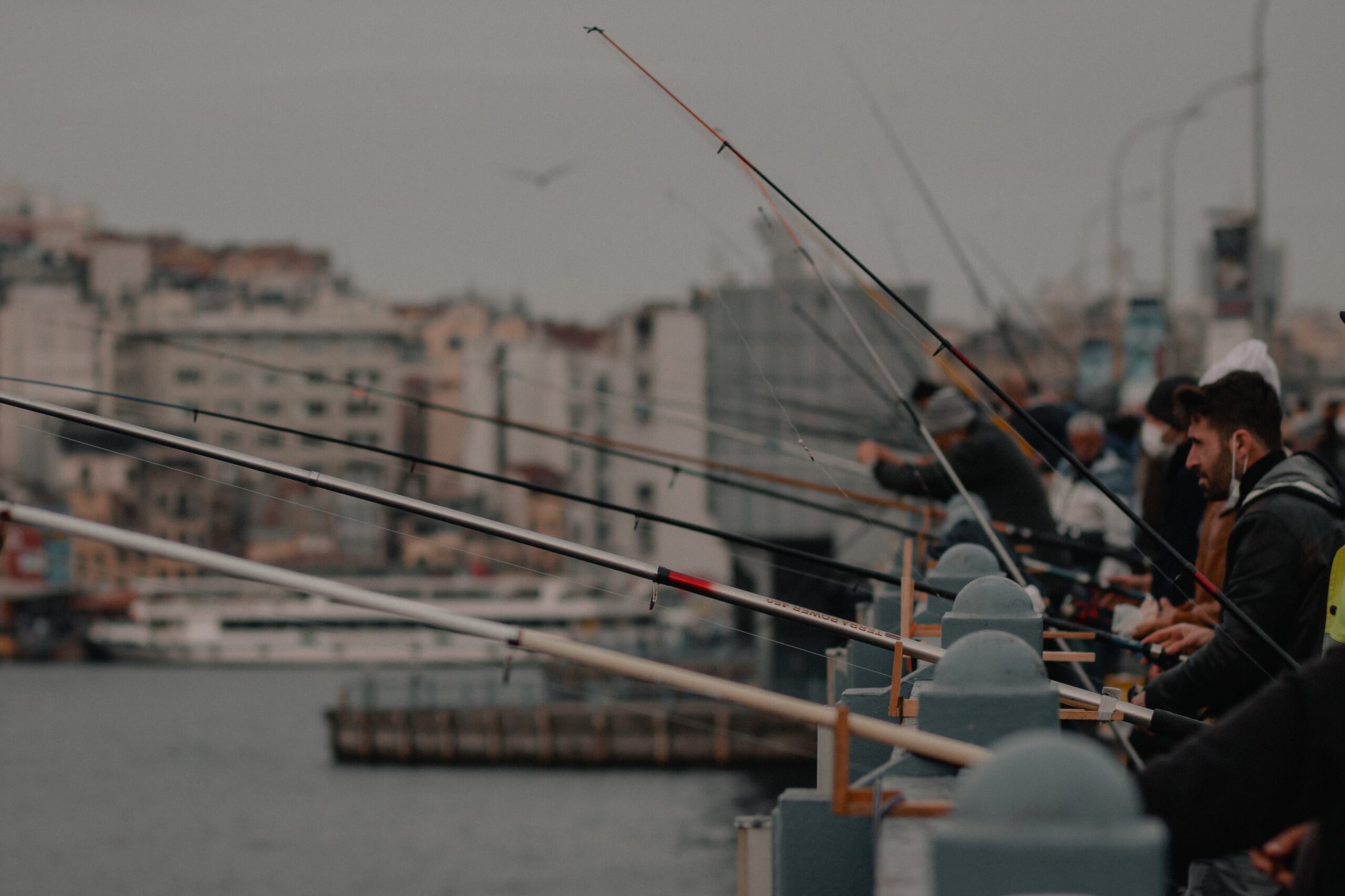
Choosing the Right Line for Your Needs
When selecting a fishing line, it is important to consider several factors that influence its performance in different fishing scenarios.
Consider the Fishing Technique
Different fishing techniques require different line characteristics. For example, if you are casting topwater lures, monofilament lines are often preferred due to their buoyancy and shock absorption. If you are finesse fishing or using delicate techniques, fluorocarbon lines provide excellent sensitivity and stealth. If you are fishing in heavy cover or deep water, braid lines offer the necessary strength and low visibility.
Consider the Target Species
The fish species you are targeting can also influence your choice of fishing line. If you are targeting large and powerful fish, such as muskies or saltwater species, braid lines provide the necessary strength. If you are targeting cautious or selective fish in clear water conditions, fluorocarbon lines are your best bet. For general freshwater fishing or targeting smaller fish, monofilament lines are suitable.
Consider the Fishing Environment
The fishing environment plays a crucial role in selecting the right fishing line. If you are fishing in areas with heavy cover or structure, braid lines offer the necessary strength to control fish in these challenging conditions. If you are fishing in clear or ultra-clear water, fluorocarbon lines provide the stealth required to fool wary fish. For general fishing in various environments, monofilament lines are versatile and can handle different conditions.
Consider the Budget
Budget considerations can also impact your choice of fishing line. If you are on a tight budget or just starting out, monofilament lines offer affordability without compromising versatility. If you have a higher budget and prioritize low visibility and sensitivity, fluorocarbon lines are worth the investment. Braid lines fall in between, with options available at different price points depending on the quality and brand.
Consider Personal Preferences
Personal preferences also play a role in selecting the right line. Some anglers may prioritize affordability and ease of use, while others may prioritize performance and specific line characteristics. It is important to weigh personal preferences against the intended fishing conditions and target species to make an informed decision.
Extra Tips for Using Fishing Lines
Proper Line Spooling
When spooling fishing line onto a reel, it is important to do it correctly to maximize performance and prevent issues such as line twist or tangling. Follow these tips for proper line spooling:
-
Line Orientation: Make sure the line is coming off the spool in the same direction as it is being loaded onto the reel. This helps minimize line twist.
-
Tension Control: Apply consistent tension to the line while spooling it onto the reel. This ensures the line is evenly distributed and avoids loose or tight spots.
-
Backing Line: When using braided or fluorocarbon lines, consider using a backing line such as monofilament to avoid slippage on the reel spool and improve casting distance.
Regular Inspection and Maintenance
To ensure optimal performance and avoid issues on the water, it is important to regularly inspect and maintain your fishing line. Follow these guidelines:
-
Inspect for Damage: Regularly check your fishing line for any signs of wear, fraying, or damage. If you notice any issues, it is recommended to replace the line to prevent unexpected breakage.
-
Clean and Dry: After each fishing trip, clean your fishing line with a mild soap or fishing line cleaner. Rinse it thoroughly and allow it to air dry before storing it. This helps remove any debris or saltwater residue that can degrade the line over time.
-
Store Properly: Store your fishing line in a dark and cool place when not in use. Avoid exposing it to direct sunlight, as UV rays can degrade the line over time.
Knot Tying Techniques
Proper knot tying is essential for a strong and reliable connection between your line, leader, hooks, or lures. Here are a few useful knot tying techniques:
-
Improved Clinch Knot: This is a popular knot for tying monofilament and fluorocarbon lines to hooks, lures, or swivels. It is simple to tie and provides a strong and secure connection.
-
Palomar Knot: The Palomar knot is recommended for tying braided lines or heavier monofilament lines. It offers excellent knot strength and is relatively easy to tie.
-
Double Uni Knot: The Double Uni knot is commonly used to connect two lines of similar diameter, such as joining a mainline to a leader. It is strong and reliable, ensuring a smooth transition between the lines.
Proper Line Storage
Proper line storage helps prolong the life of your fishing line and maintain its performance. Consider the following tips for proper line storage:
-
Line Spool Organizer: Use a line spool organizer or spooling station to store your extra fishing line spools. This keeps them organized and prevents tangling or kinks.
-
Line Conditioner: Applying line conditioner to your fishing line before storage can help reduce line memory and improve its casting performance. Follow the manufacturer’s instructions on the proper usage of line conditioners.
-
Avoid Extreme Temperatures: Avoid storing your fishing line in areas with extreme temperatures, as this can cause the line to degrade more quickly. Opt for a cool and dry storage location.
Changing Lines Regularly
It is important to change your fishing lines regularly to maintain optimal performance. Over time, fishing lines can degrade due to exposure to sunlight, water, and wear. Here are some guidelines on when to change your fishing lines:
-
Inspect for Wear: Regularly inspect your fishing line for signs of wear, fraying, or discoloration. If you notice any issues or the line feels rough to the touch, it is time to replace it.
-
Consider Frequency of Use: If you frequently use your fishing line or fish in harsh conditions, such as areas with abrasive structures or saltwater, you may need to change your line more often compared to occasional or freshwater anglers.
-
Follow Manufacturer Recommendations: Some fishing line manufacturers provide specific guidelines on when to change their lines based on usage and exposure. It is recommended to follow these recommendations for optimal performance.
In conclusion, selecting the right fishing line for your needs requires consideration of various factors such as fishing technique, target species, fishing environment, budget, and personal preferences. Monofilament lines offer versatility and affordability, braid lines provide strength and low visibility, and fluorocarbon lines excel in invisibility and sensitivity. Understanding the differences and similarities between these line types, as well as implementing tips for proper line use and maintenance, will greatly enhance your fishing experience. Remember to regularly inspect and replace your fishing lines to ensure optimal performance and maximize your chances of success on the water.
